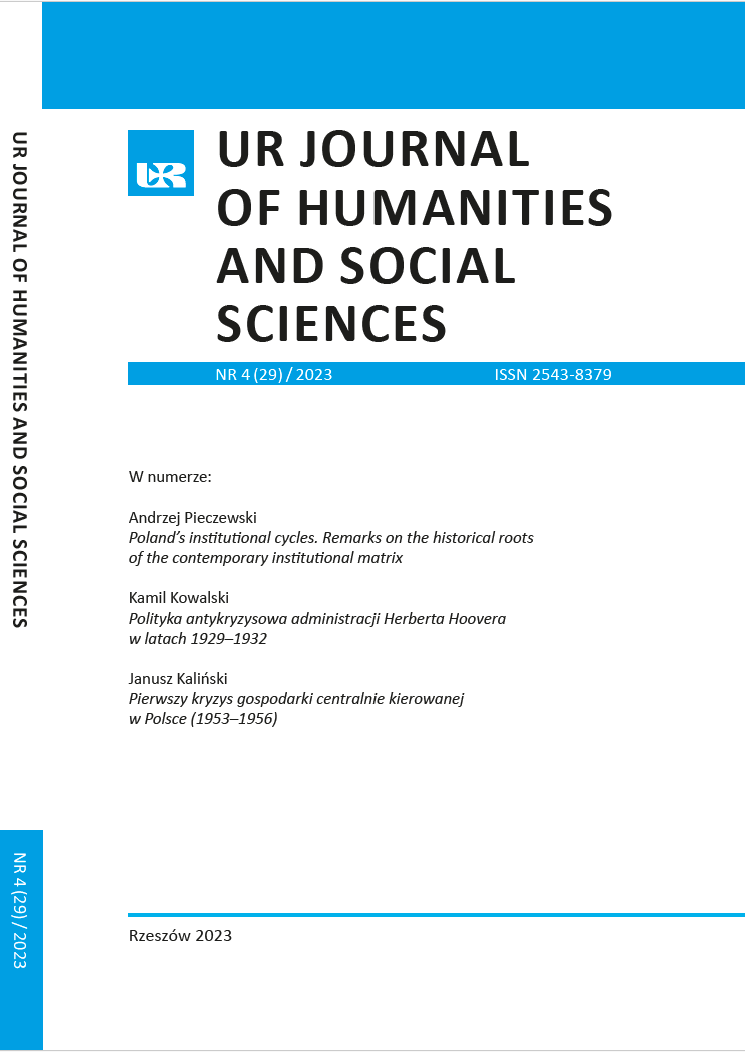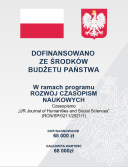Vistula rafting in 1662 (in the light of the customs register of the Nowy Dwór chamber)
DOI:
https://doi.org/10.15584/johass.2023.4.3Keywords:
rafting on the Vistula, inland sailing, trade, 17th century, merchants, Polish Commonwealth, VistulaAbstract
The article discusses Vistula rafting in 1662 on the basis of the only surviving register of a customs house on the Vistula, dating from the second half of the 17th century. The presented analysis of the seasonality of the Vistula shipping proved that rafting with the so-called first water, as it was known from in literary circles, did not play a key role in trade. Instead, navigation of the river current primarily depended on the summer and autumn rains, as well as on the rhythms of consumer needs. The relationship between the size of water transport and the social category of the rafting participant as well as the time of the shipping season is also highlighted. It is also shown that the majority of the downriver traffic was nobility while the upstream traffic was mainly townspeople. The structure of the water fleet was established, as well as its preferred use, which was also dependant on the season. The ownership structure of the vessels is discussed, paying attention to the dominance of the nobility. The role of Warsaw and other cities, including those on the Vistula River, in nautical trade is discussed. A comprehensive description of the transported goods was presented, as well as the environment of raft occupants, the role of the Vistula tributaries in floating trade was noticed. Comparing rafting in the years 1605-1651 and in 1766, the exceptional significance of the Vistula trade just after the Swedish Deluge was proved.
Downloads
Downloads
Published
How to Cite
Issue
Section
License
Copyright (c) 2023 UR Journal of Humanities and Social Sciences

This work is licensed under a Creative Commons Attribution-NonCommercial 4.0 International License.



